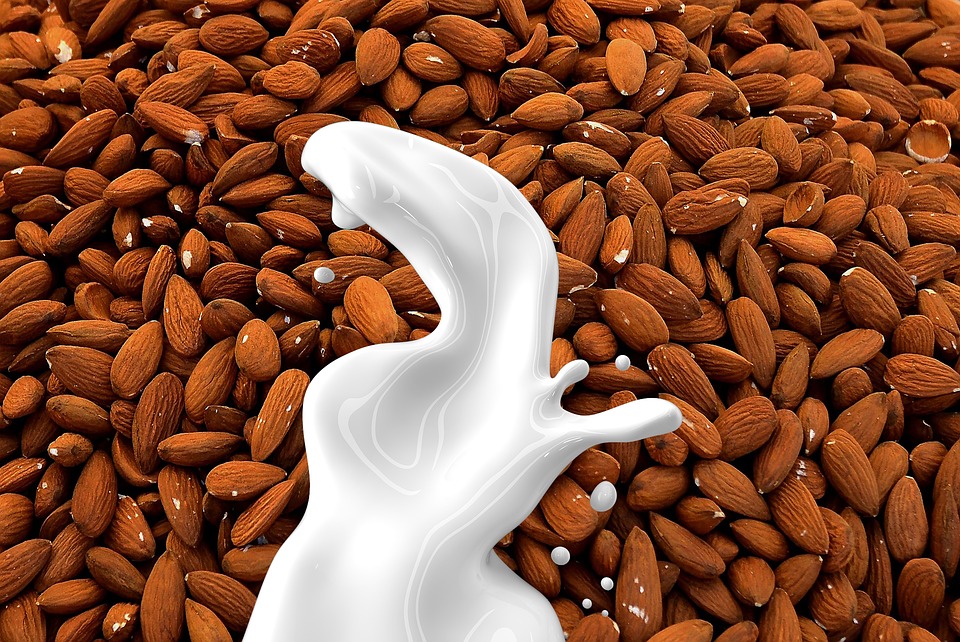Omega-3 fatty acids have gained in popularity for their ability to reduce the risk of cardiovascular disease and depression as well as improve cognitive performance. A PhD student at Harper Adams University has found that feeding cows microalgae increases omega-3 fatty acids in their milk while reducing saturated fatty acids in cheese, thereby making both dairy products even more appealing to health-conscious consumers.
26-year-old student scientist Bethan Till from Caernarfon, Gwynedd conducted her experiment on Holstein Friesian dairy cows. Till fed the cows one of four diets, three of which contained different levels of microalgae. The best results were from cows who were fed a medium level of microalgae.
“Adding the microalgae didn’t affect cow performance, including dry matter intake, milk yield, body condition score and live weight,” said Till.
This data could encourage the use of microalgae in the beginning of the food chain. It could also drive the sales of dairy products like cheese and yogurt because of their increased nutritional value.
“By increasing the level of omega-3 in cheese, which is already integrated into many people’s diets, they can have this healthier benefit without having to alter their eating and shopping habits. It’s also a good route to ensure that children achieve good intake levels of omega-3s as they’ll more readily consume milk and cheese, than say fish,” added Till.
The resulting products had the same or similar taste and texture of regular milk and cheese.
“From the cheese tasting panel, we found that there were also no negative effects on taste. The trained panellists described it as having a pleasant, nutty flavour. The colour and texture were also very similar to regular cheeses.”
With consumers shifting to more plant-based products, the dairy industry is experiencing a decline in sales. This new dairy innovation might help the industry in boosting revenue. Researchers are currently looking into the what other beneficial effects microalgae might have on dairy cows.
“Currently, we’re also looking at whether the microalgae improves fertility but it’s early days and we’ve yet to gather results. Other researchers from Florida have reported that this microalgae improved reproduction in dairy cows by increasing pregnancy rates and reducing days to pregnancy,” said Till.
Aside from the dairy industry, microalgae has caused a lot of buzz in the food industry for its health benefits. Many consumers are incorporating this single-celled organism into their diets because of its high levels of protein, ascorbic acid and omega-3 fatty acids. The market for this aquatic ingredient is forecasted to be worth $44.7 billion by 2023.




Join or login to leave a comment
JOIN LOGIN